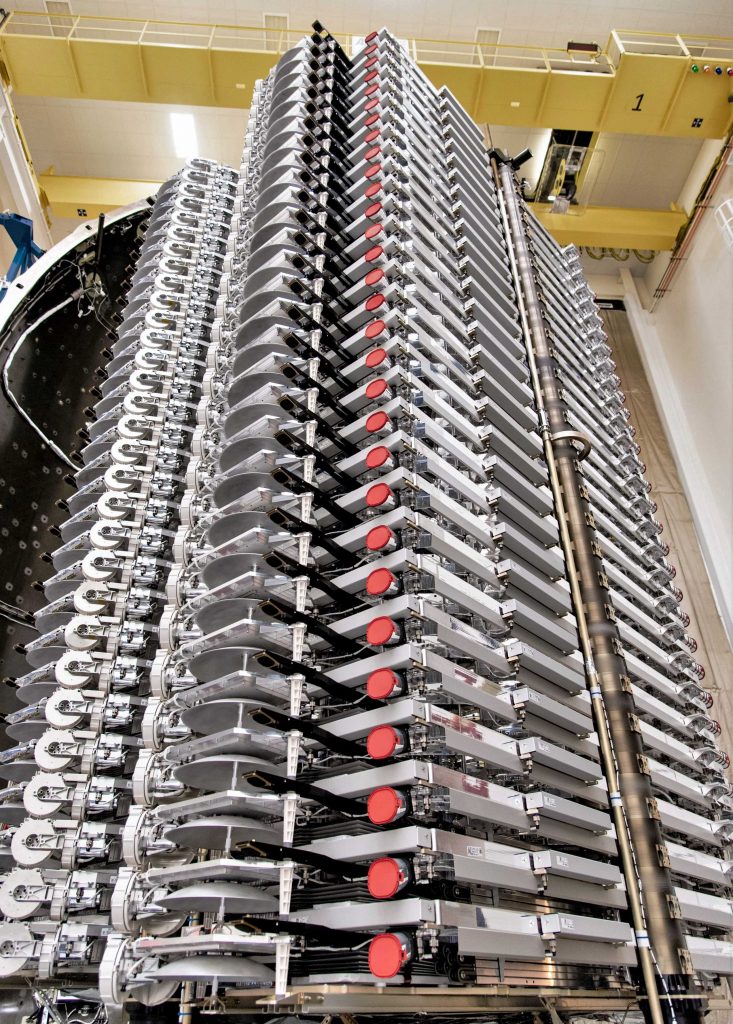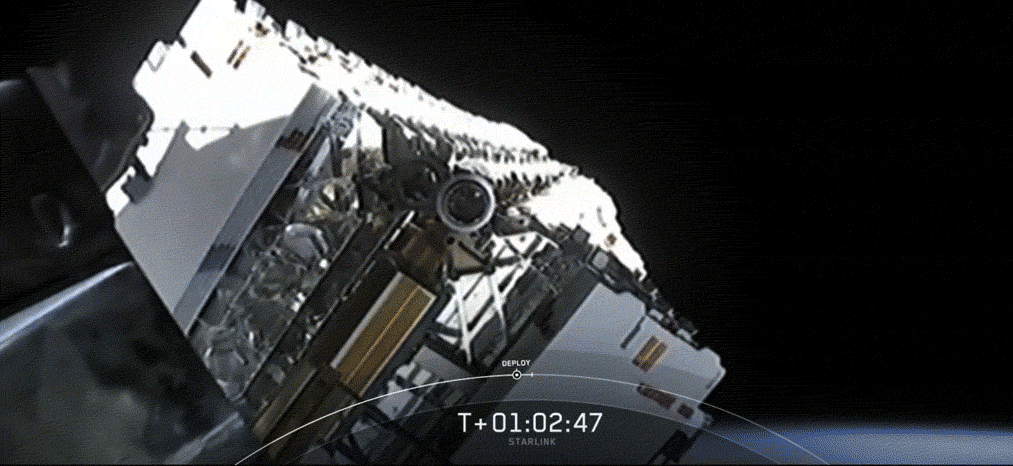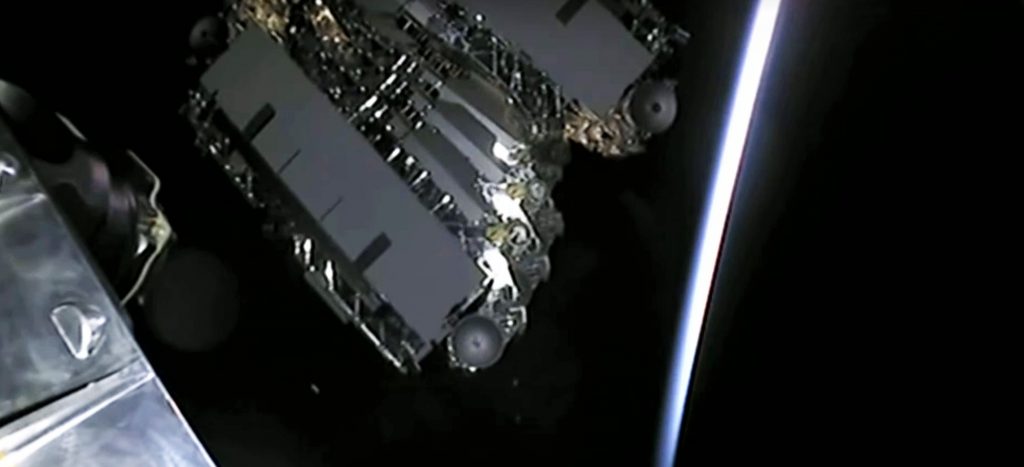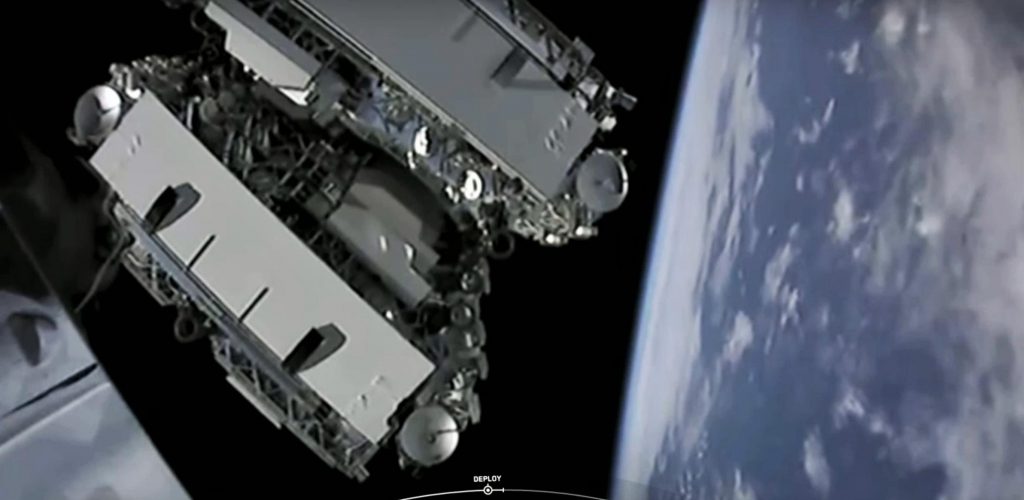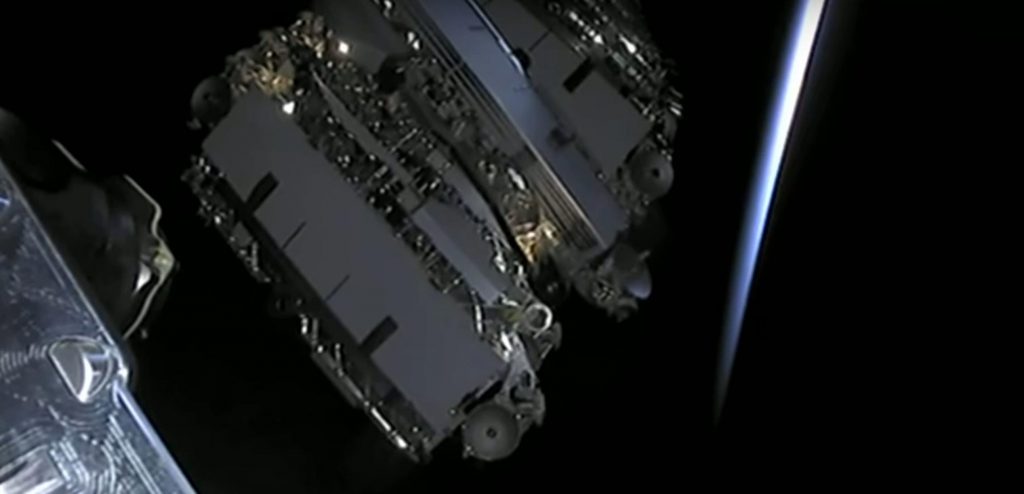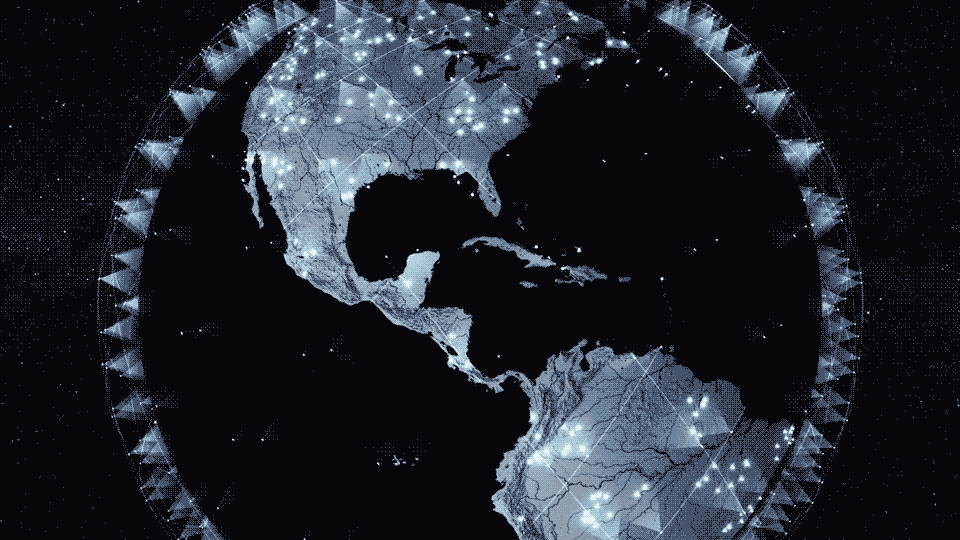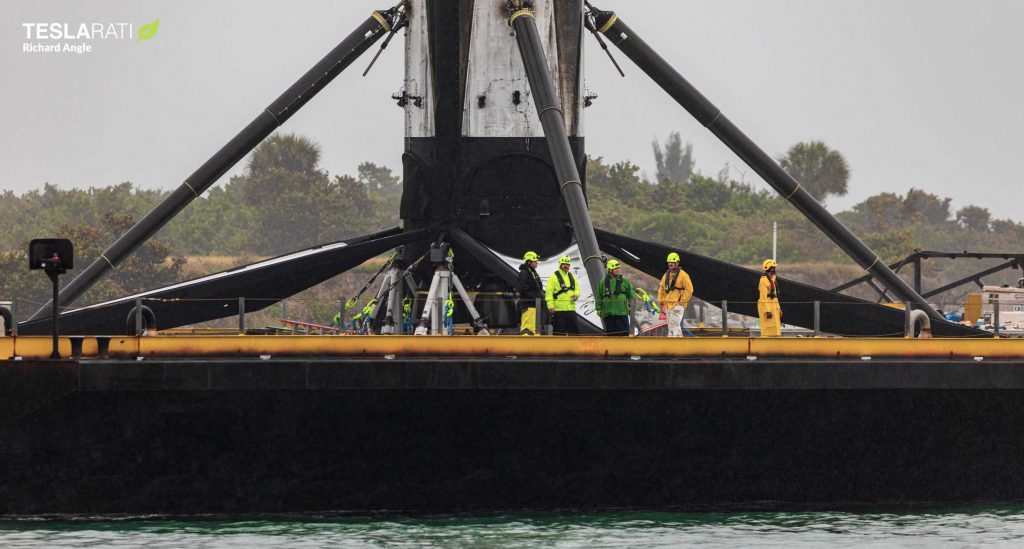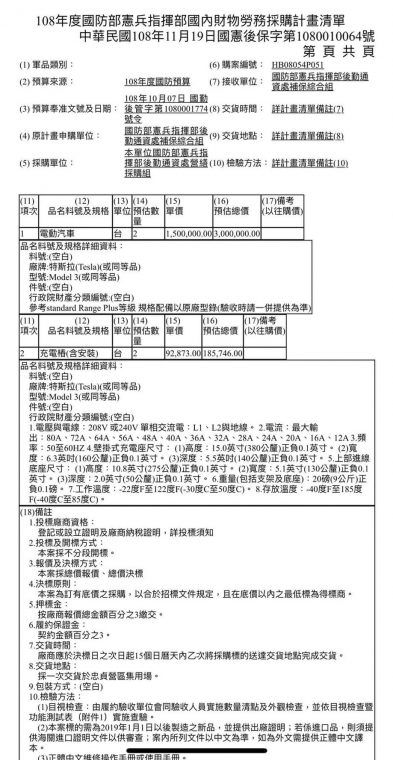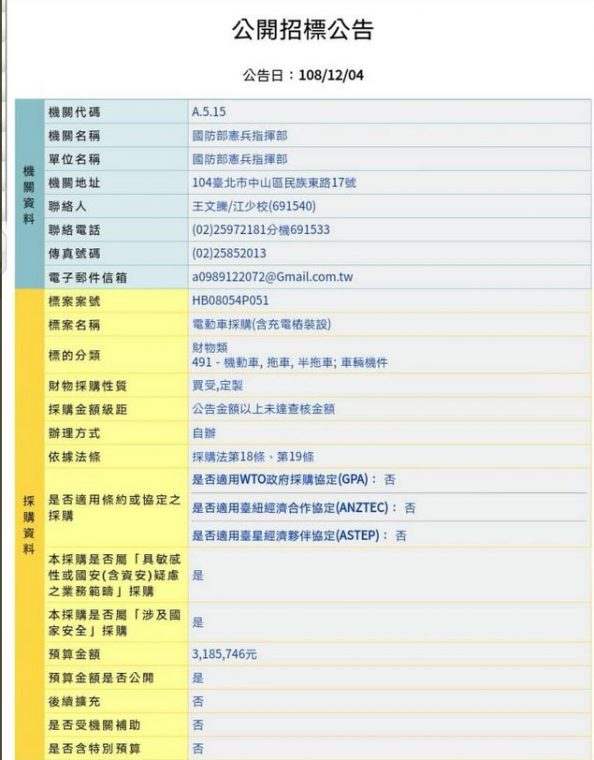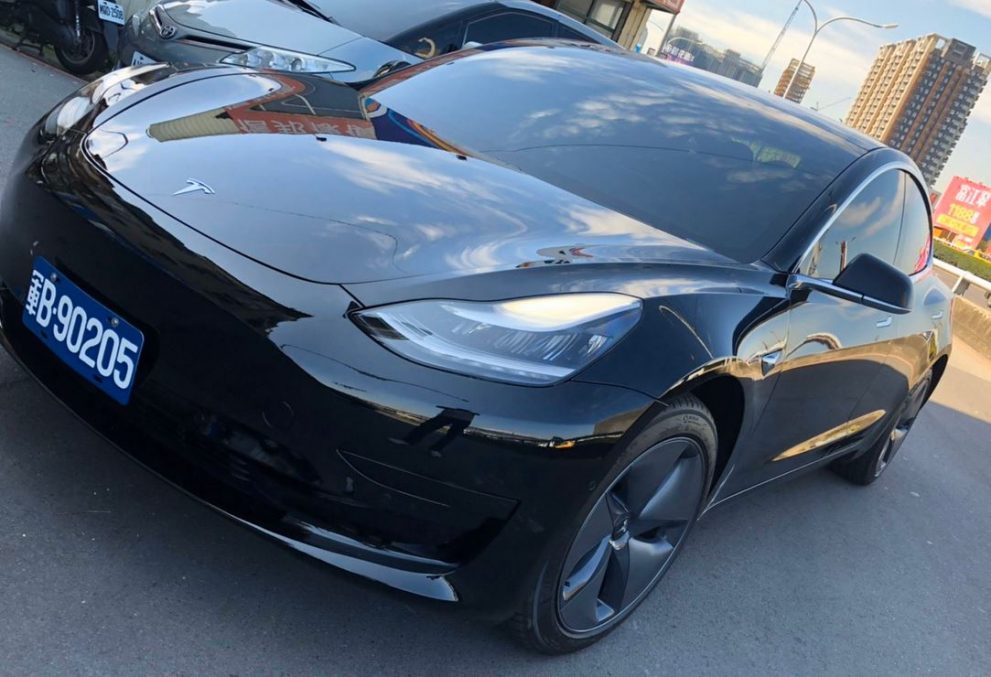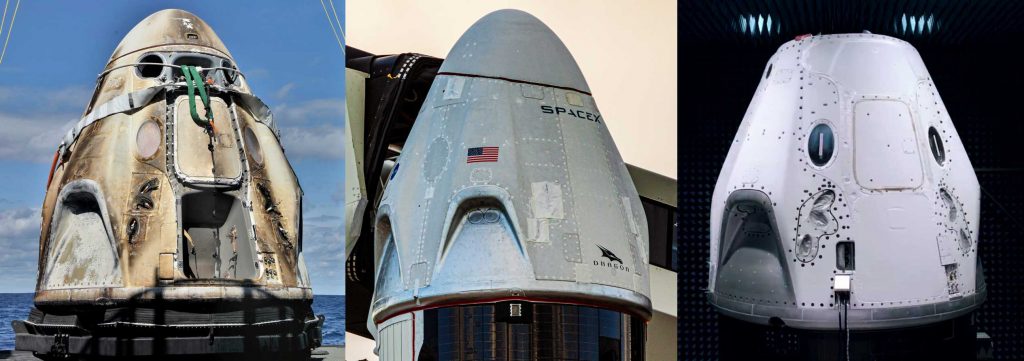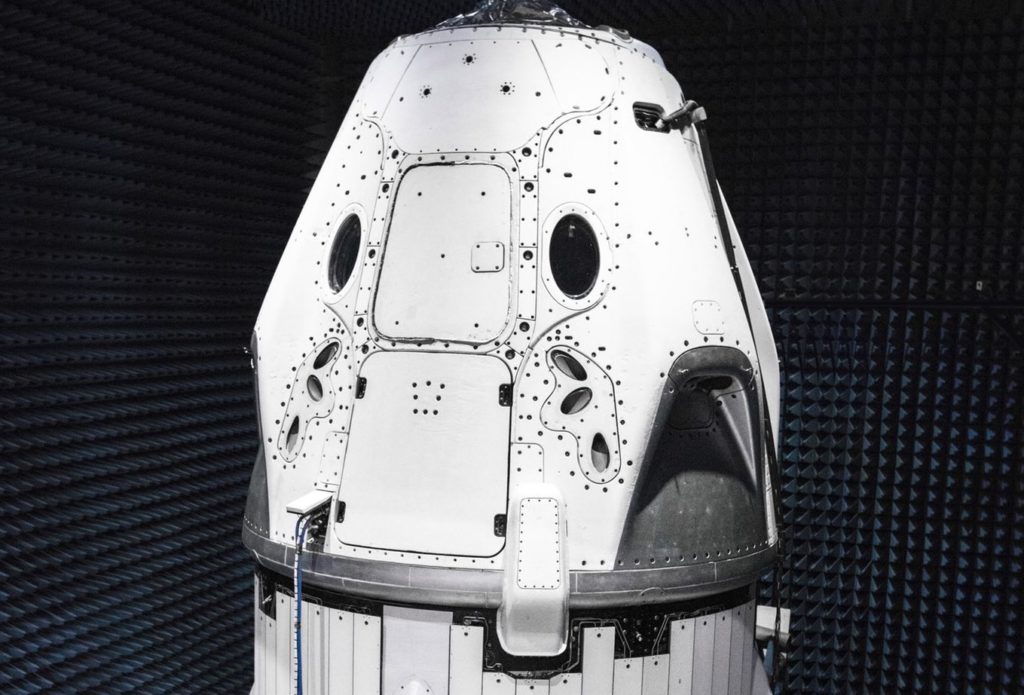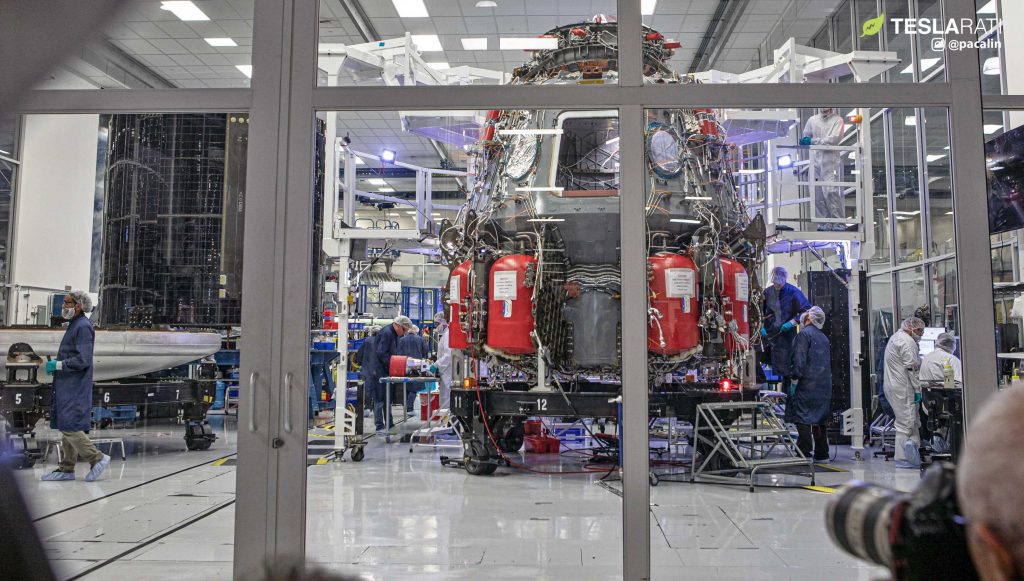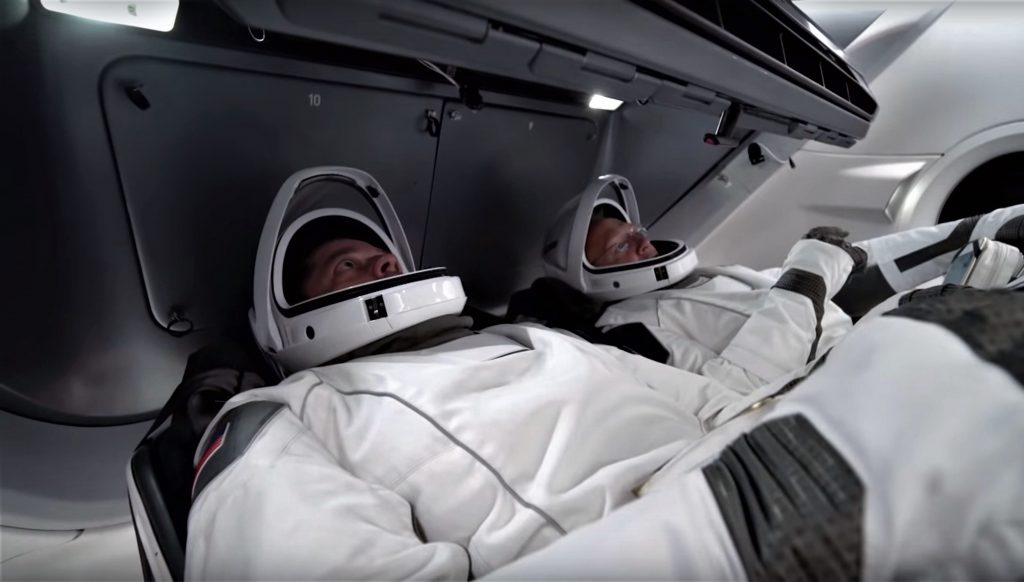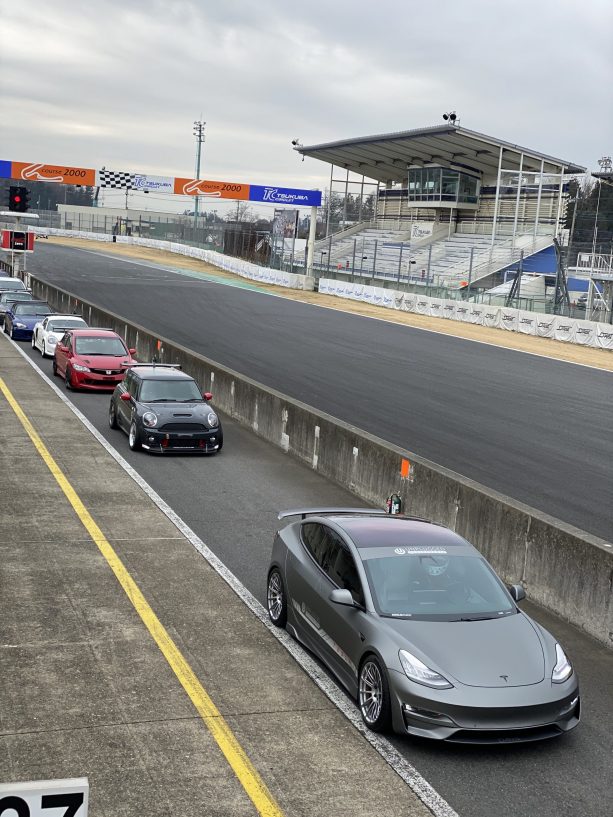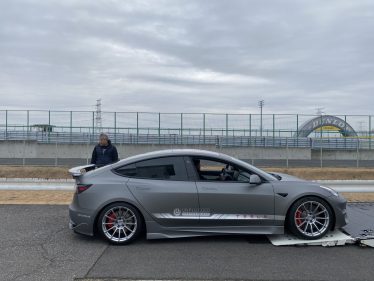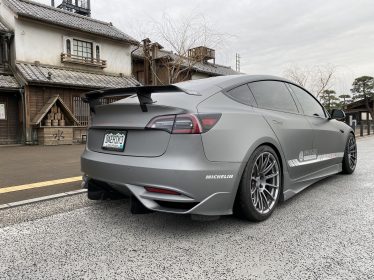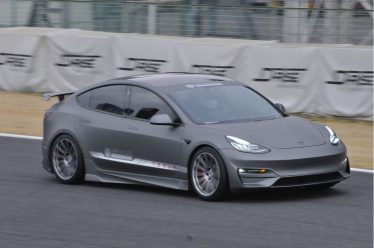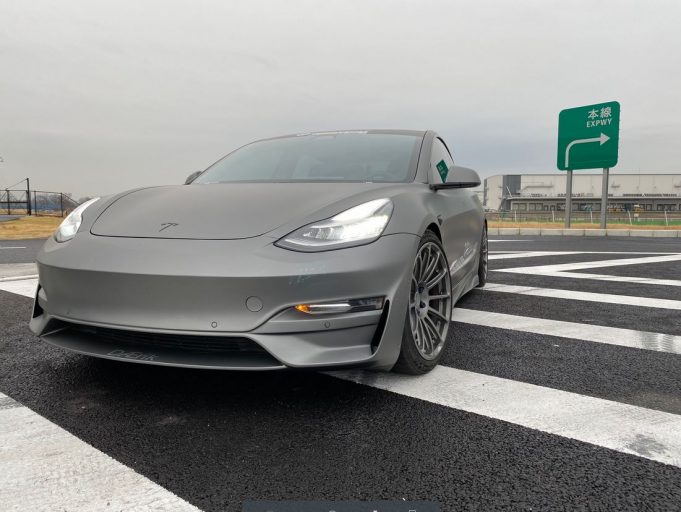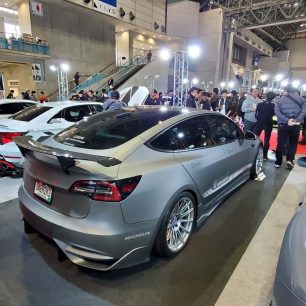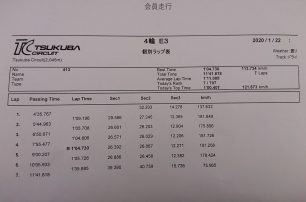Tesla shares (NASDAQ: TSLA) slid on Thursday following an announcement that the company will be offering around $2 billion worth of common stock. The fundraising round comes amid TSLA stock’s recent skyrocket in value.
The offering could bring in an additional $2.3 billion, according to a press release. Just before Tesla made the announcement, the company predicted around $3.5 billion in capital expenditures so far in 2020. This is due to CEO Elon Musk’s sooner-than-anticipated delivery of the Model Y crossover, along with the company’s increased rate of production at Gigafactory Shanghai, as well as the construction of a new European Gigafactory in Berlin.
The company’s shares took a hit of 7.2% after announcing the additional offering of common stock, though this has leveled down to about 3.2% as of writing. This is despite a more than 300% growth in price per share since TSLA’s meteoric rise started in October 2019.
Tesla’s 10-K filing showed a high-end increase of up to 164% from 2019 as the company used frugal spending to maintain strong cash flow. The company spent just over 50% of its estimated $2.5 billion in expenditures by only using $1.33 billion of its initial plan.
Below is Tesla’s press release on its new stock offering.
PALO ALTO, Calif., Feb. 13, 2020 (GLOBE NEWSWIRE) — Tesla, Inc. (“Tesla”) today announced that it intends to offer approximately $2 billion of common stock in an underwritten registered public offering. Tesla has also granted the underwriters a 30-day option to purchase up to approximately $300 million of additional common stock.
Elon Musk, Tesla’s CEO, will participate by purchasing up to $10 million of common stock in this offering. In addition, Larry Ellison, a member of Tesla’s Board of Directors, will purchase up to $1 million of common stock.
The aggregate gross proceeds of the offering, assuming full exercise by the underwriters of their option to purchase additional securities, would be approximately $2.3 billion before discounts and expenses. Tesla intends to use the net proceeds from the offering to further strengthen its balance sheet, as well as for general corporate purposes.
Goldman Sachs & Co. LLC and Morgan Stanley are acting as lead joint book-running managers for the offering, with Barclays, BofA Securities, Citigroup, Credit Suisse, Deutsche Bank Securities, and Wells Fargo Securities acting as additional book-running managers, and Societe Generale acting as co-manager.
An effective registration statement relating to the securities was filed with the Securities and Exchange Commission on May 2, 2019. The offering of these securities will be made only by means of a prospectus supplement and the accompanying prospectus. Copies of the preliminary prospectus supplement and the accompanying prospectus may be obtained from (i) Goldman Sachs & Co. LLC, Attn: Prospectus Department, 200 West Street, New York, NY 10282, telephone: 866-471-2526, facsimile: 212-902-9316 or email: prospectus-ny@ny.email.gs.com or (ii) Morgan Stanley & Co. LLC, Attention: Prospectus Department, 180 Varick Street, 2nd Floor, New York, New York 10014.
This press release shall not constitute an offer to sell or a solicitation of an offer to buy, nor shall there be any sale of these securities in any jurisdiction in which such an offer, solicitation or sale would be unlawful prior to the registration or qualification under the securities laws of any such jurisdiction. The securities being offered have not been approved or disapproved by any regulatory authority, nor has any such authority passed upon the accuracy or adequacy of the registration statement, the prospectus contained therein or the prospectus supplement.
Disclosure: I have no ownership in shares of TSLA and have no plans to initiate any positions within 72 hours.

(adsbygoogle = window.adsbygoogle || []).push({});
<!–
–>
var disqus_shortname = «teslarati»;
var disqus_title = «Tesla shares (TSLA) slide amid $2 billion stock offering announcement»;
var disqus_url = «https://www.teslarati.com/tesla-tsla-2-billion-stock-offering/»;
var disqus_identifier = «teslarati-130251»;

